California banned indiscriminate
fishing nets.
Now these porpoises are
on the rebound
California banned indiscriminate fishing nets.
Now these porpoises are on the rebound
Around the world, fishermen use low-cost nets that sit like fences on coastal seafloors. Known as set gill nets, this type of gear is highly effective at catching fish when the mesh snags them by their gills.
But gill nets also catch a host of other species by mistake.
In California, decades of commercial sea bass and halibut fishing killed thousands of other coastal animals. Outraged by the deaths of sea otters and diving seabirds, voters in the state banned many of the nets from near-coastal waters starting in 1994.
Lower-profile marine mammals have also benefited. New research shows that getting rid of gill nets gave California's harbor porpoises — one of the smallest toothed whales — a chance to rebound.
While not as well known, harbor porpoises are among the species most vulnerable to gill nets, as are the Indo-Pacific finless porpoise in Asia and the critically endangered vaquita in the Gulf of California.
Harbor porpoises live exclusively in shallow coastal waters where gill nets are set.
They can't detect the mesh of nylon nets by echolocation.
They’re not large enough to break free of the nets once their beaks, flippers or tails become entangled.
Unable to come up for air, they drown.
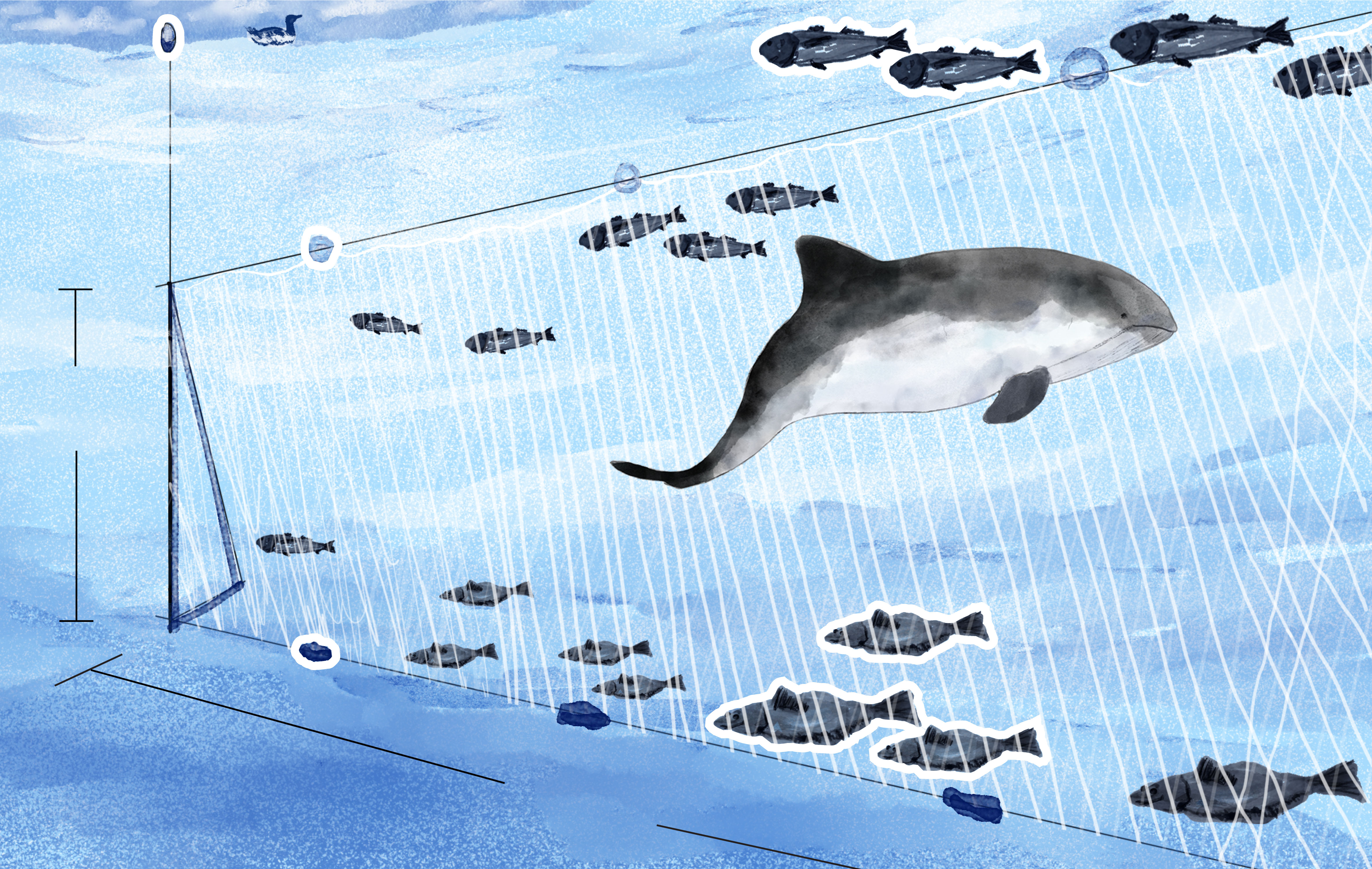
buoy
white sea bass
floats
3-4 yards
weights
halibut
200-600 yards
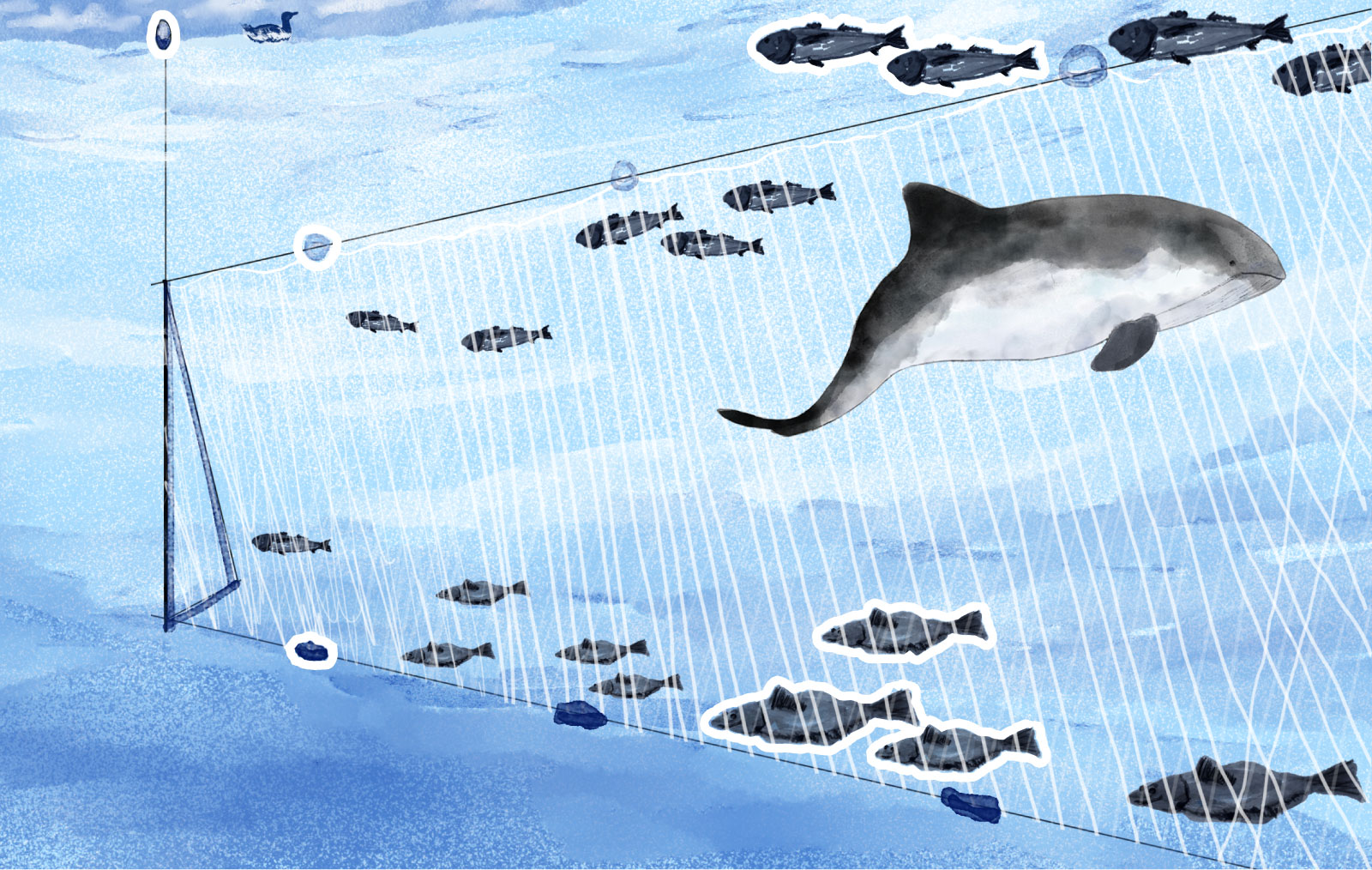
buoy
white sea bass
floats
halibut
weights
Net: 3-4 yards tall, 200-600 yards long
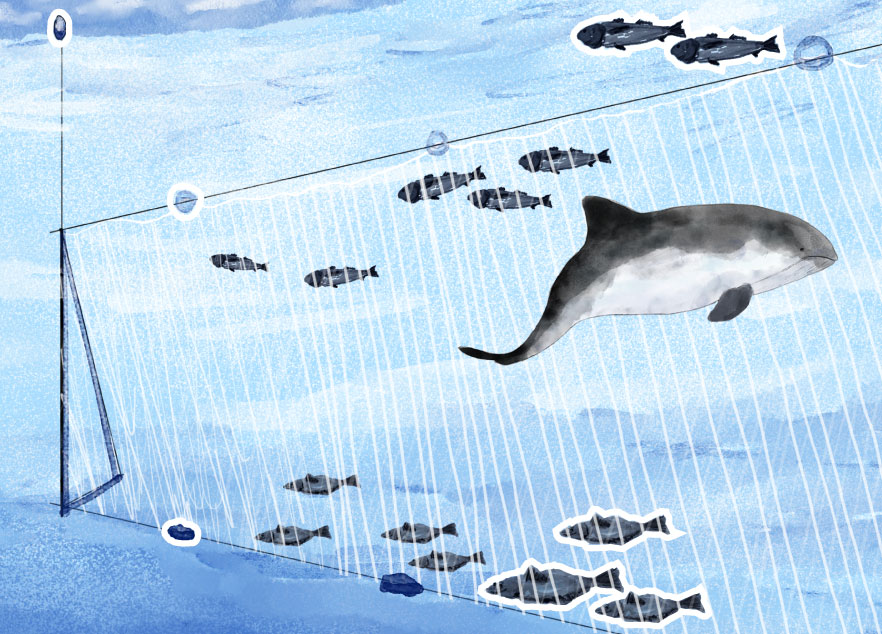
buoy
white sea bass
floats
weights
halibut
Net: 3-4 yards tall,
200-600 yards long
On the West Coast, harbor porpoises inhabit waters from Central California to Alaska. In California, scientists have identified four distinct populations that largely keep to themselves.
Each population was exposed to different degrees of gill-net fishing. In each case, the population of harbor porpoises increased after the nets were removed.
Gill nets were used for over six decades near Morro Bay, initially to catch white sea bass, then halibut. The number of harbor porpoises plummeted to an all-time low in 1990. After gill nets were largely eliminated, the population was able to rebound.
Morro Bay
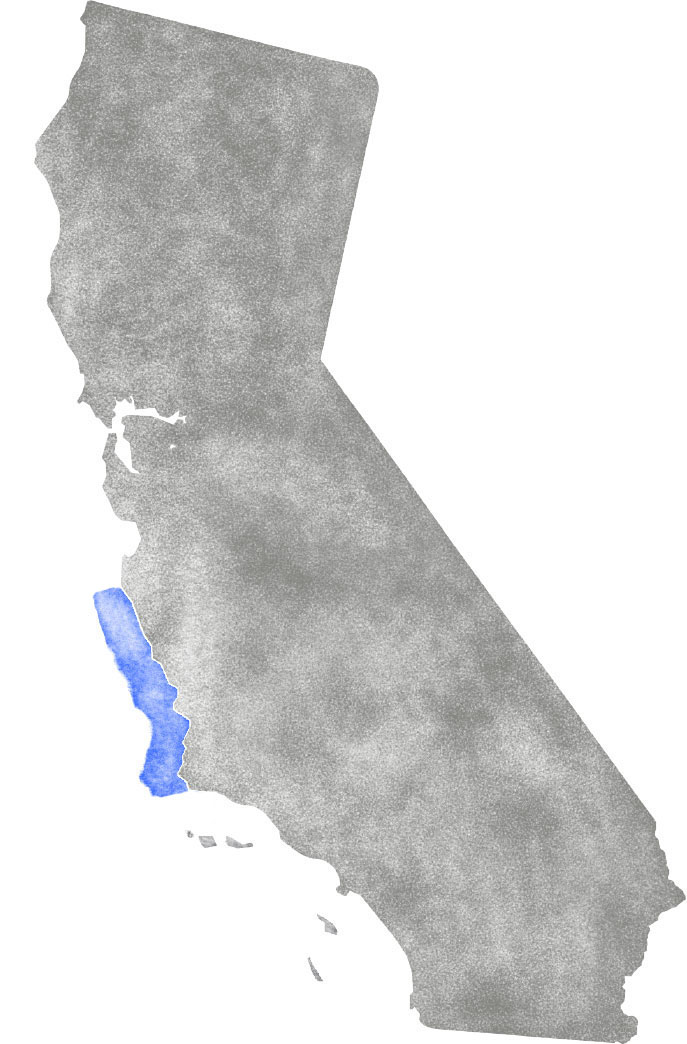

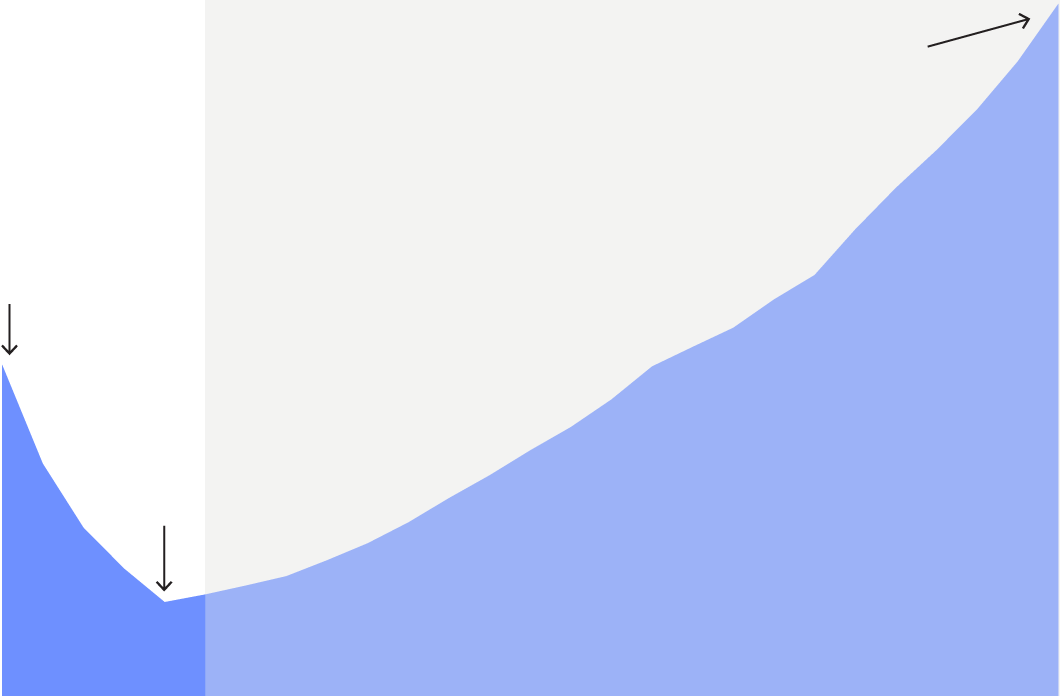
2012
4,191
1986
2,007
estimated
porpoises
1990
571
1991
most gill nets banned
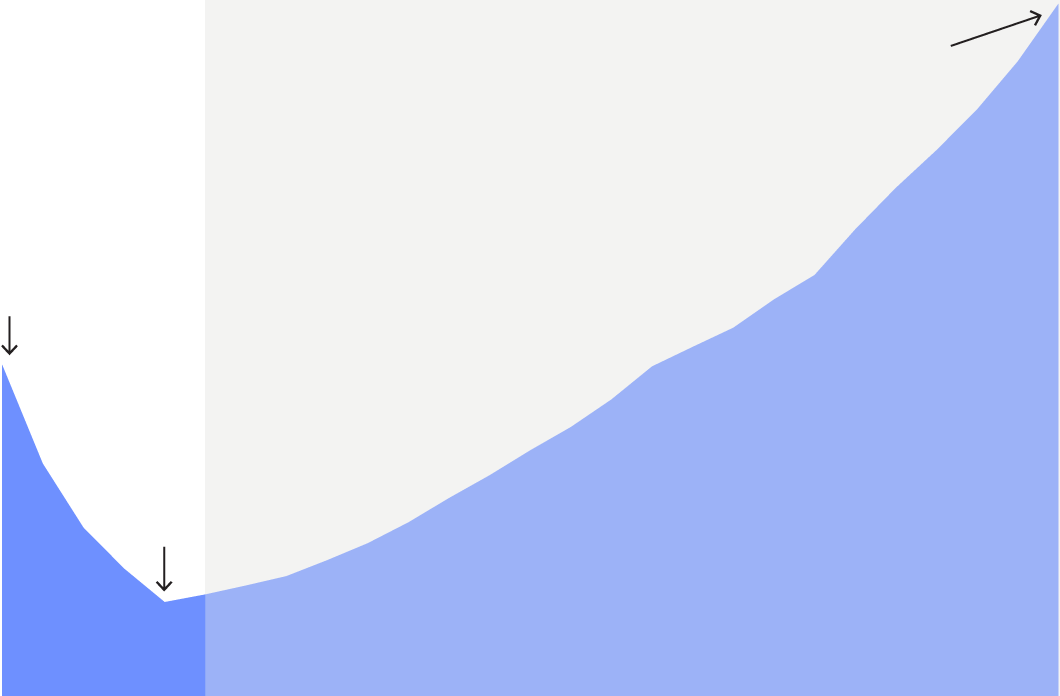
2012
4,191
1986
2,007
estimated
porpoises
1990
571
1991
most gill nets banned
In Monterey Bay to the north, a single halibut fishery and its gill nets threatened harbor porpoises. Once the nets were removed, the local population was able to grow at a faster rate.
Monterey Bay
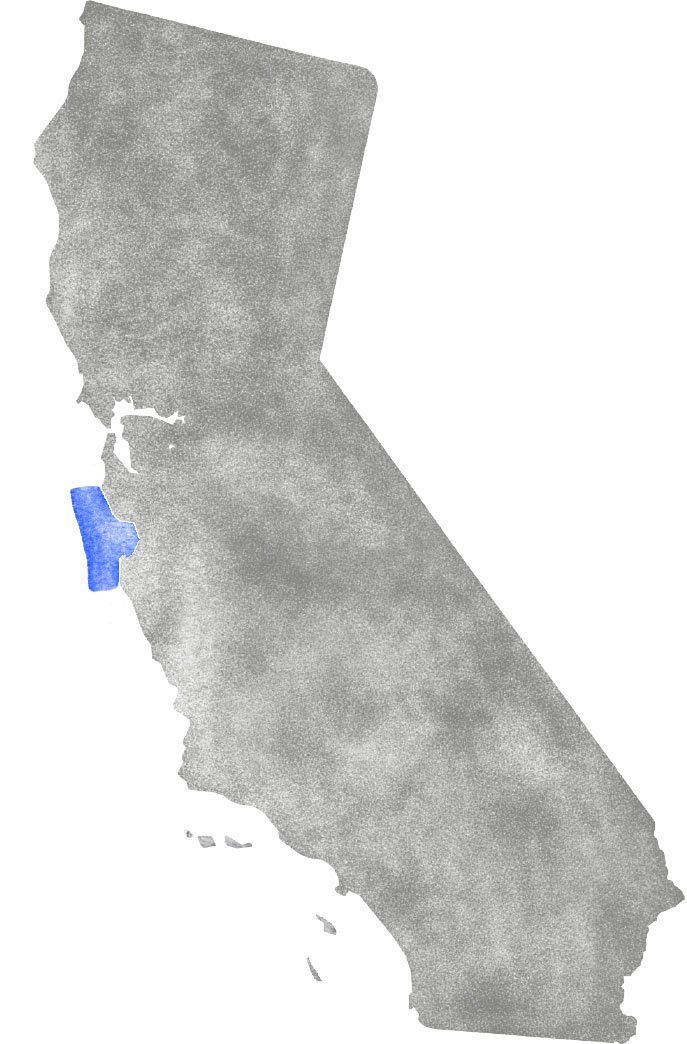

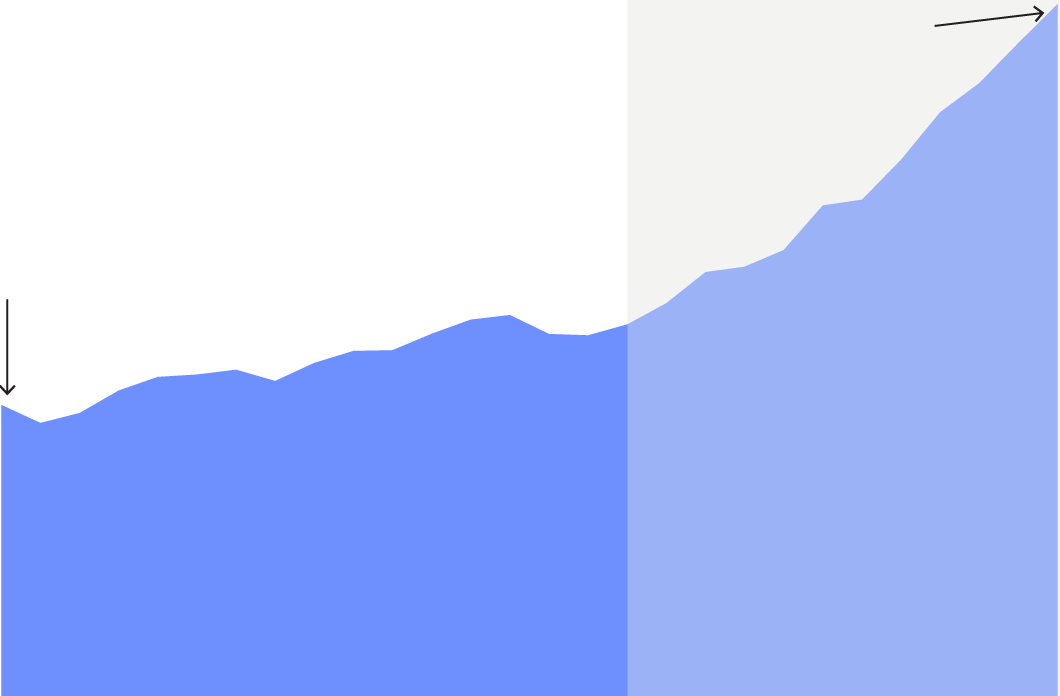
2013
3,760
1986
1,584
estimated
porpoises
2002
gill nets banned
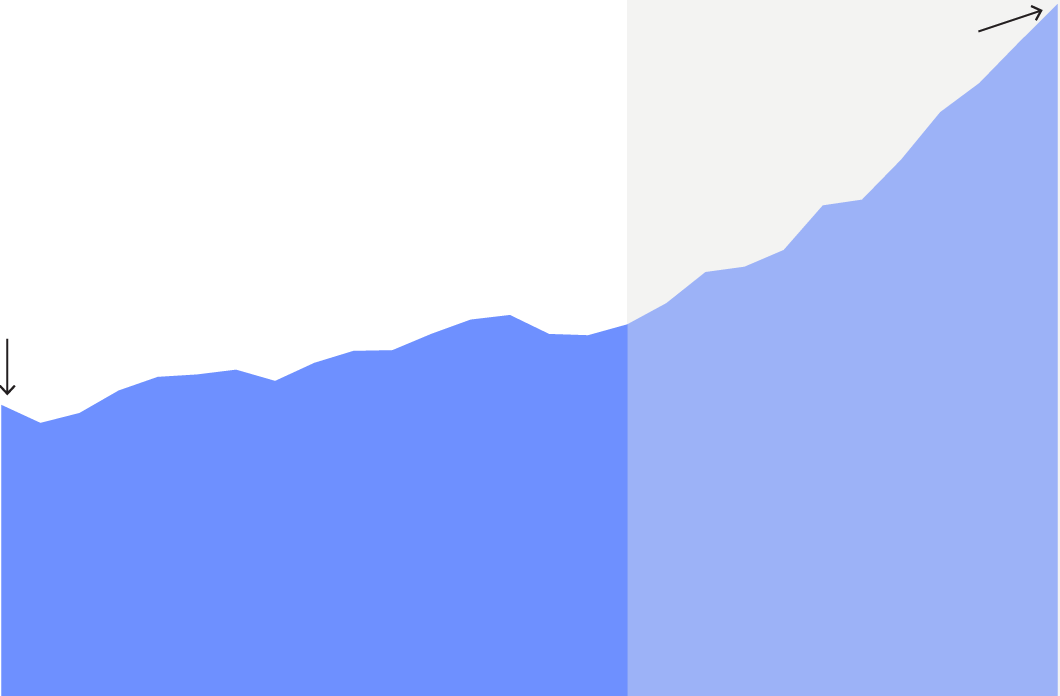
2013
3,760
1986
1,584
estimated
porpoises
2002
gill nets banned
Gill nets were fully eliminated in the San Francisco and Russian River areas earlier than in other areas, and so the harbor porpoise population has had more time to recover. Their numbers dipped after 2005, though scientists aren't sure why.
San Francisco-
Russian River
San Francisco-Russian River
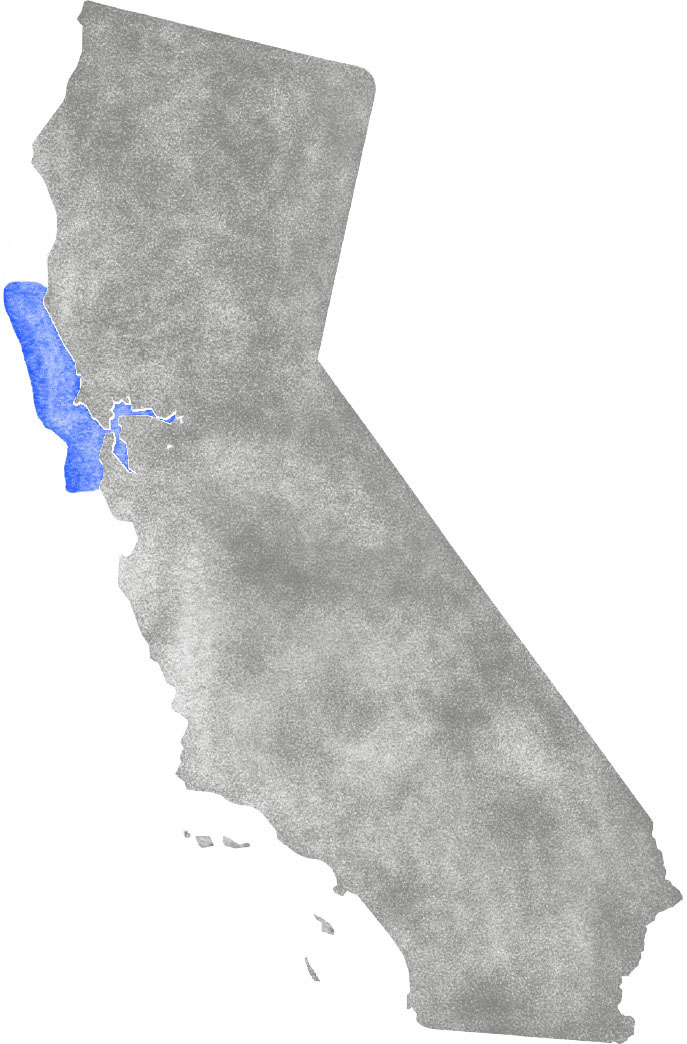

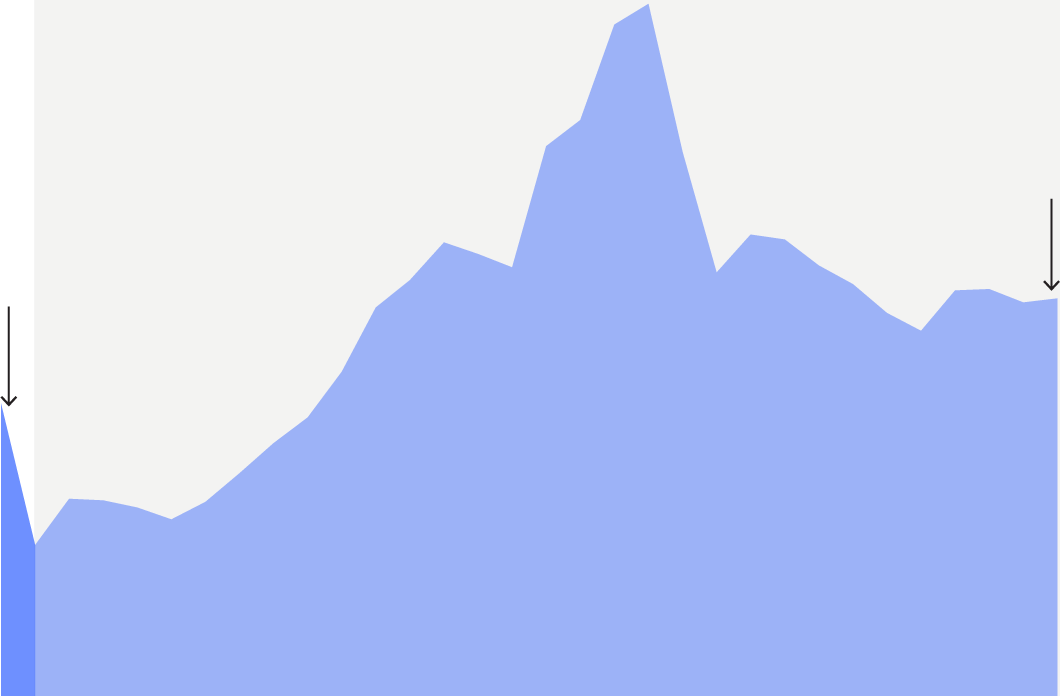
1986
5,722 estimated porpoises
2017
7,777
1987
gill nets banned
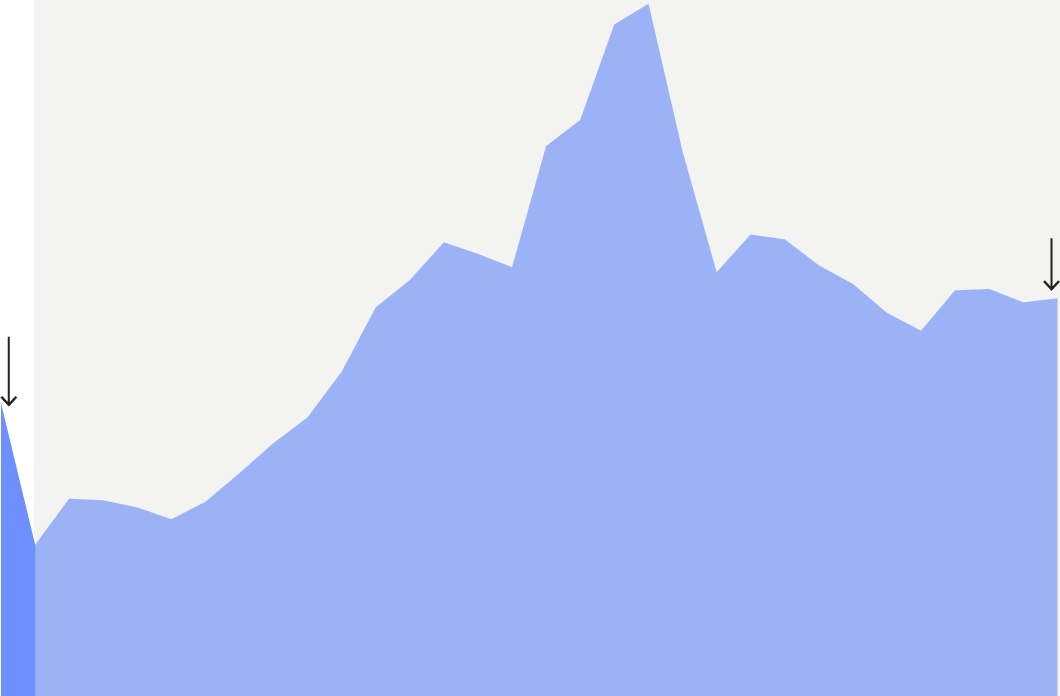
1986
5,722 estimated porpoises
2017
7,777
1987
gill nets banned
In Northern California, where gill-net fishing has been prohibited above the Sonoma-Mendocino County line since 1915, populations have been relatively stable.
Northern California
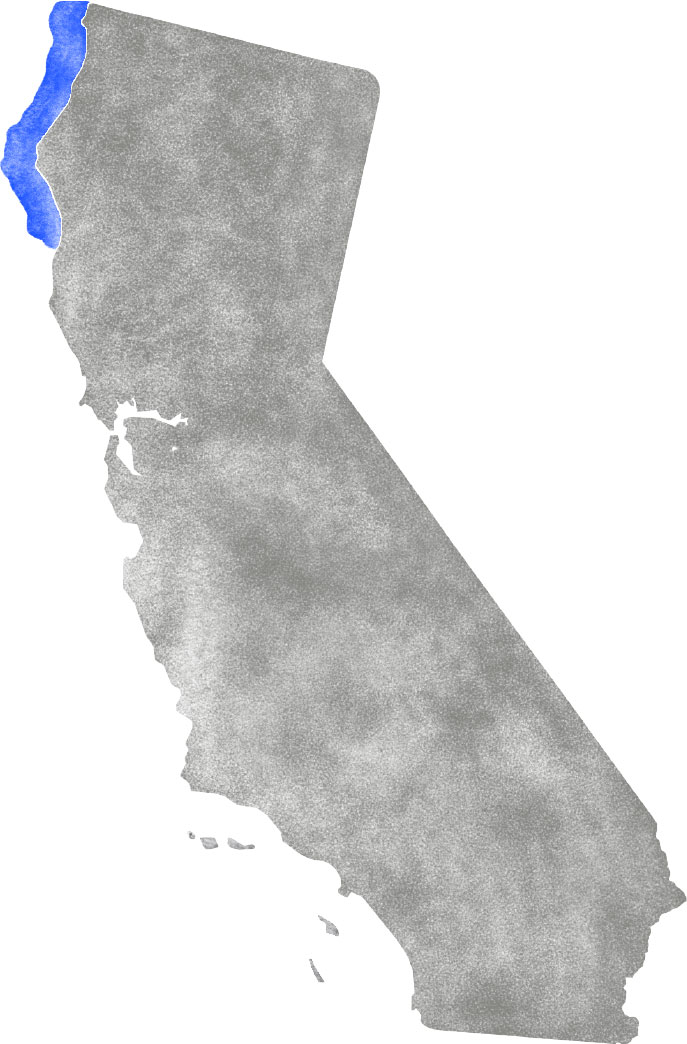

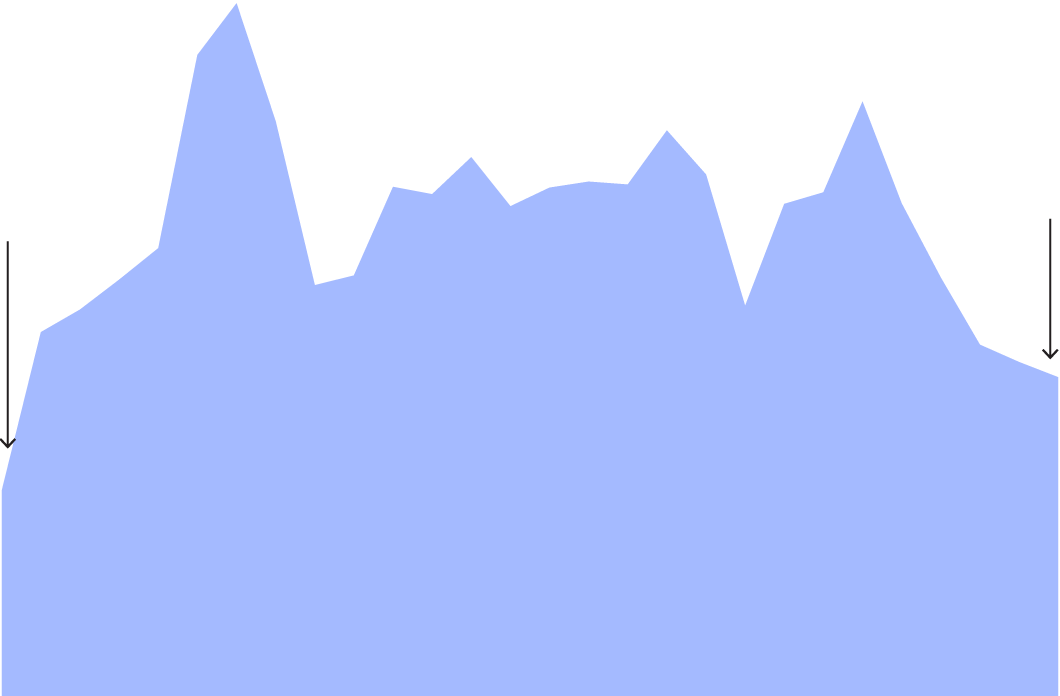
1989
7,836
estimated
porpoises
2016
12,160
gill nets never used
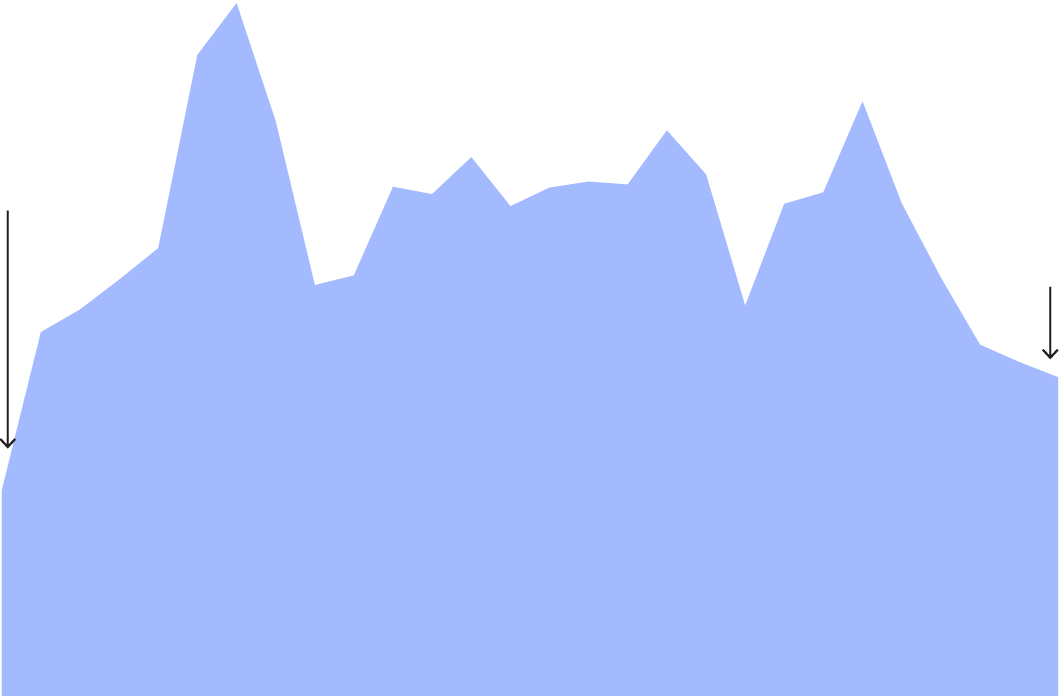
1989
7,836
estimated
porpoises
2016
12,160
gill nets never used
Karin Forney, a research biologist at the National Oceanic and Atmospheric Administration, has been surveying California harbor porpoise for over three decades.
The effect of gill nets on harbor porpoises is an example of how quickly human activity can threaten species, especially less visible ones, she said. "If we don’t monitor at regular intervals, we can easily miss a decline."
Without data, wildlife conservation managers can’t tell how fast a population is changing or make the case to intervene when a species is in trouble.
The incidental harm to harbor porpoises almost went unnoticed. It was the steep decline in Central California seabirds and the droves of dead but otherwise healthy bird carcasses that washed ashore that alerted scientists to the gill-net issue.
That's why scientists including Forney began periodic surveys of California's harbor porpoises. It has become perhaps the longest continuous harbor porpoise survey in the world.
"Nowhere in the world has a harbor porpoise population ever been documented to rebound from past gill-net impacts," said Forney, who recently published a study documenting the latest findings from the survey.
"Harbor porpoises show that if you stop killing them, thank you, they can return. That they're capable of recovering," Forney said. "They have a resilience and they will rebound if we just let them."
